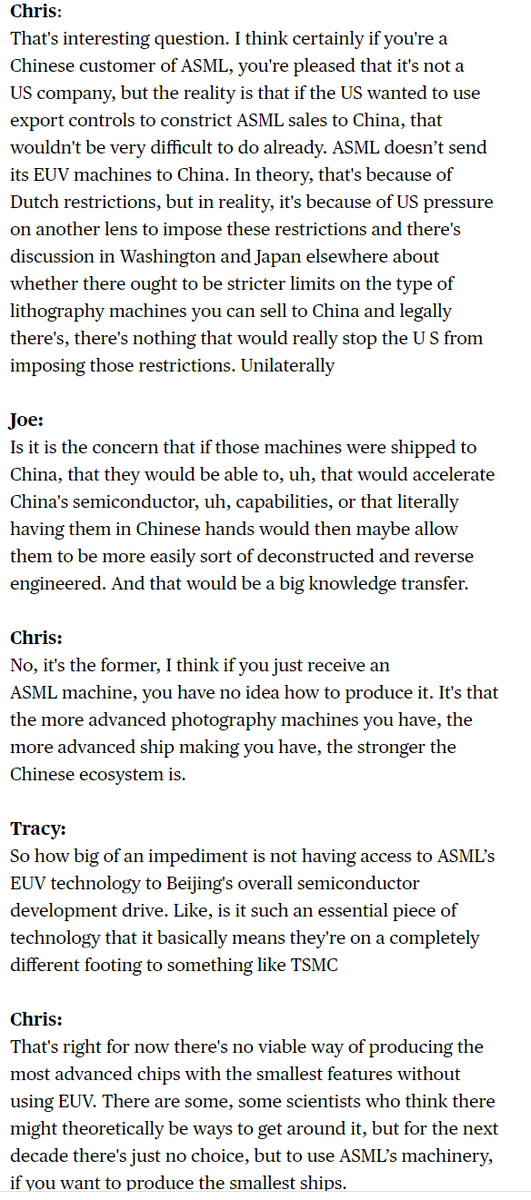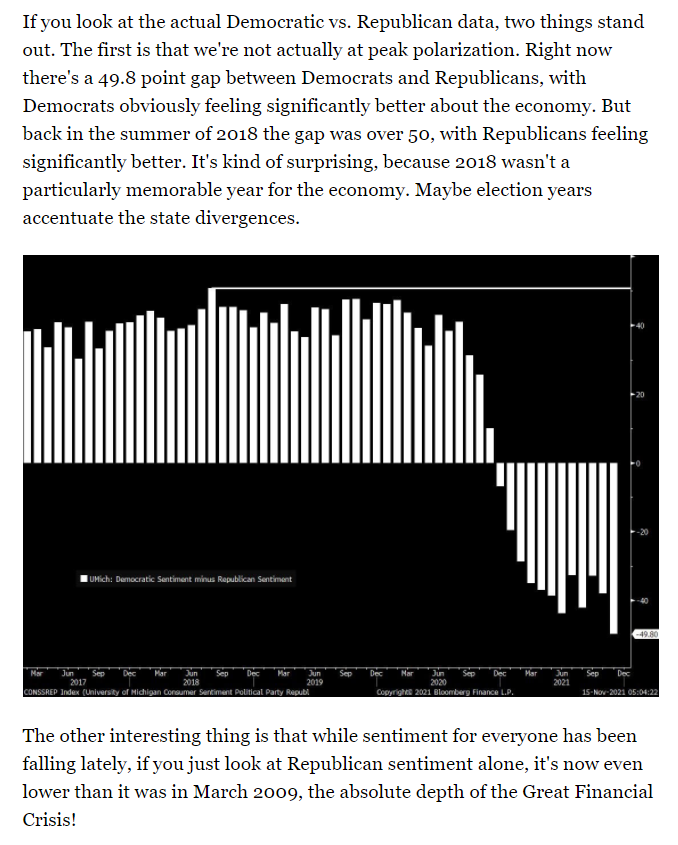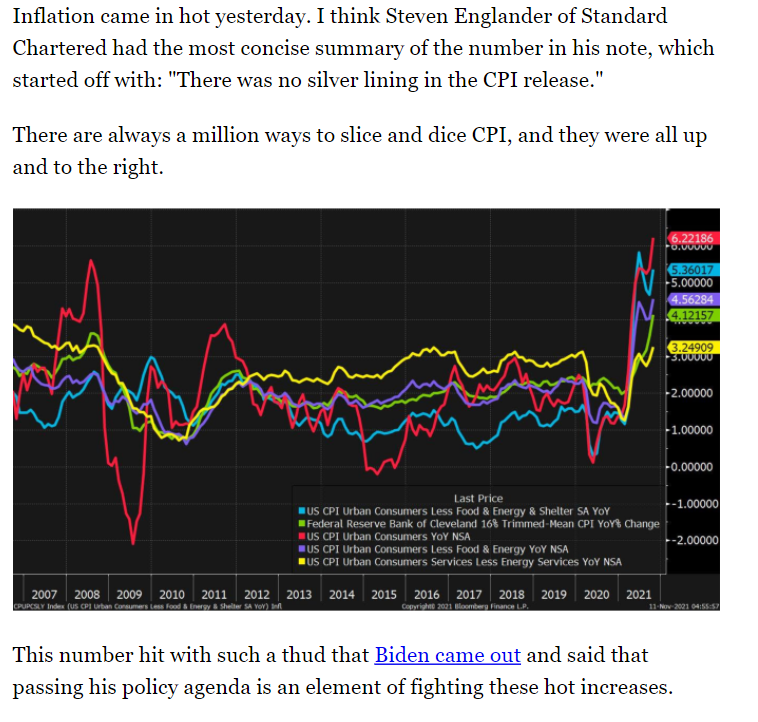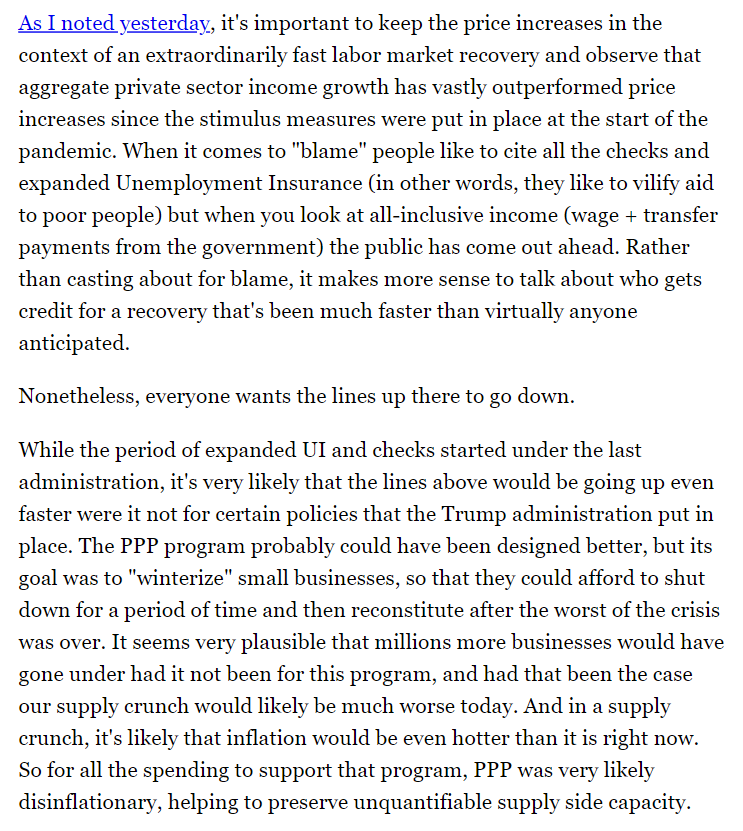
TRANSCRIPT:
The full text of full conversation with @crmiller1 about the Dutch lithography giant $ASML is out.
I learned a ton from this one, and I'm really glad to have re-read the text (I don't always do).
Gonna thread a few things that jumped out:
bloomberg.com/news/articles/…
The full text of full conversation with @crmiller1 about the Dutch lithography giant $ASML is out.
I learned a ton from this one, and I'm really glad to have re-read the text (I don't always do).
Gonna thread a few things that jumped out:
bloomberg.com/news/articles/…
@crmiller1 So the first thing is definitely this answer from Chris to @tracyalloway about ASML's competitive edge. The story is really their incredible supply chain, and being able to manage 4000 suppliers.
bloomberg.com/news/articles/…
bloomberg.com/news/articles/…

@crmiller1 @tracyalloway Right now, ASML's most advanced EUV lithography machines are not exported to China, and for the time being (and likely the next several years) this represents a hard constraint on Beijing's efforts at building up its own domestic chip industry. 

@crmiller1 @tracyalloway In addition to the actual machinery, a big part of ASML's edge (and TSMC's edge) is just in the experience of using machines.
There's no substitute for practice, in using these machines over and over and over again to learn how they work.

There's no substitute for practice, in using these machines over and over and over again to learn how they work.


Anyway, there's tons more interesting insights in the transcript.
Read it here: bloomberg.com/news/articles/…
Or listen to it on
Apple: podcasts.apple.com/us/podcast/asm…
or Spotify: open.spotify.com/episode/2ir4MH…
Or wherever else
Read it here: bloomberg.com/news/articles/…
Or listen to it on
Apple: podcasts.apple.com/us/podcast/asm…
or Spotify: open.spotify.com/episode/2ir4MH…
Or wherever else
• • •
Missing some Tweet in this thread? You can try to
force a refresh















